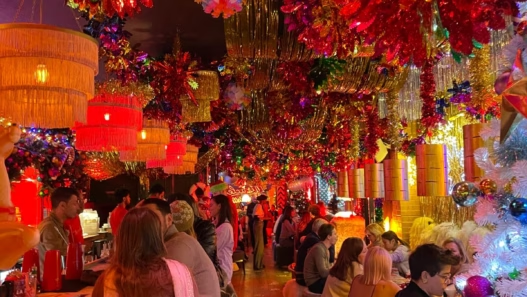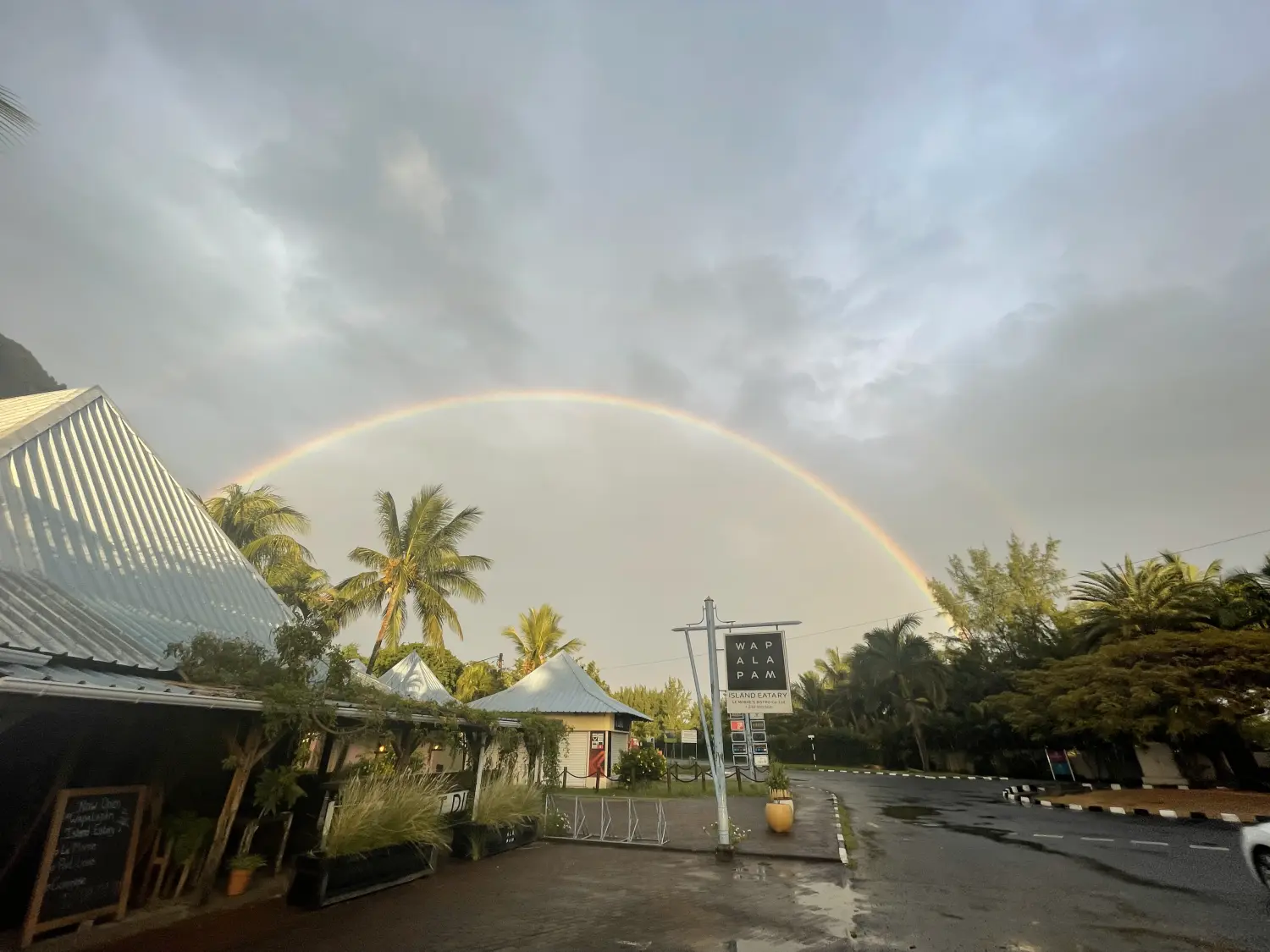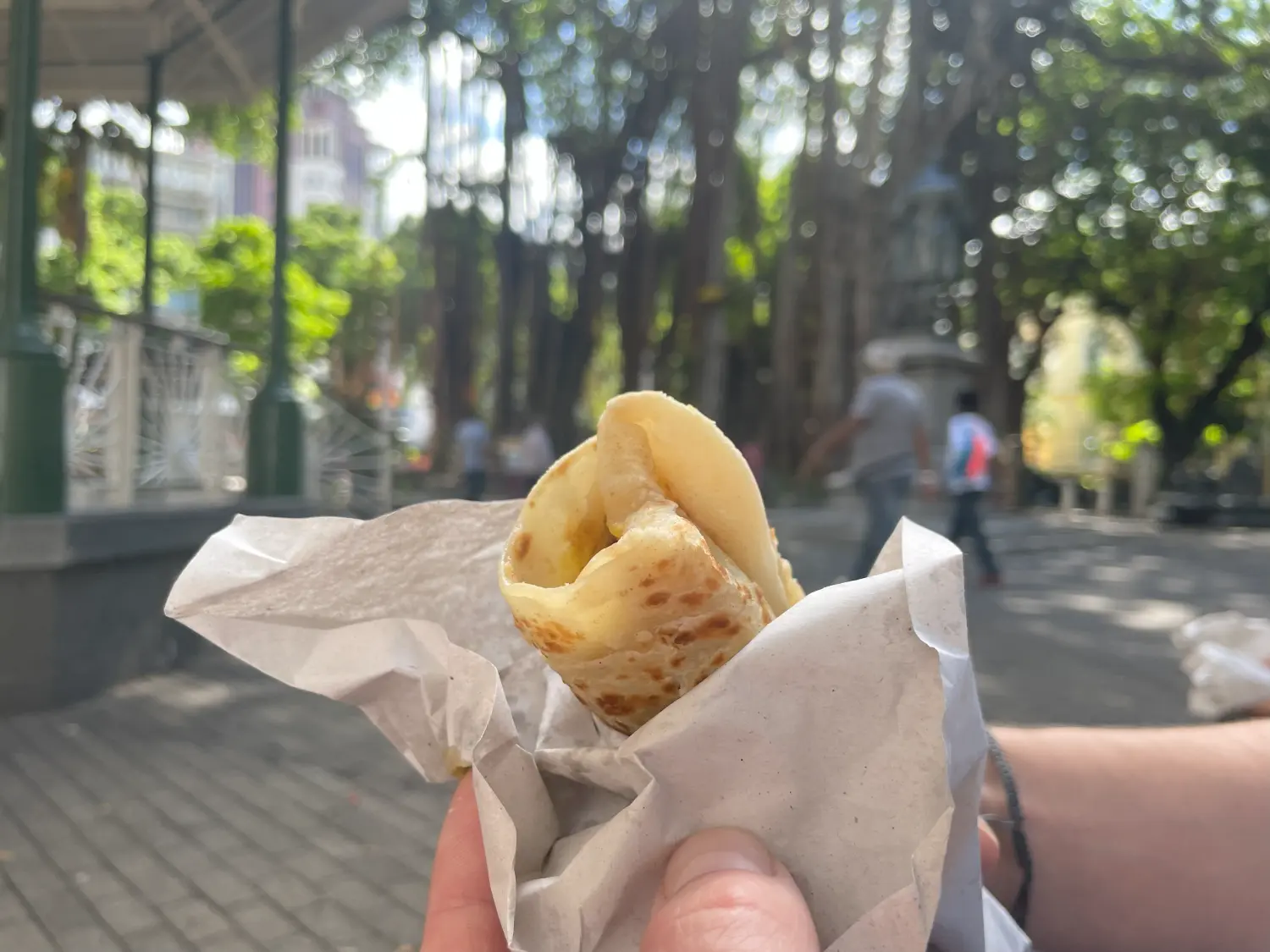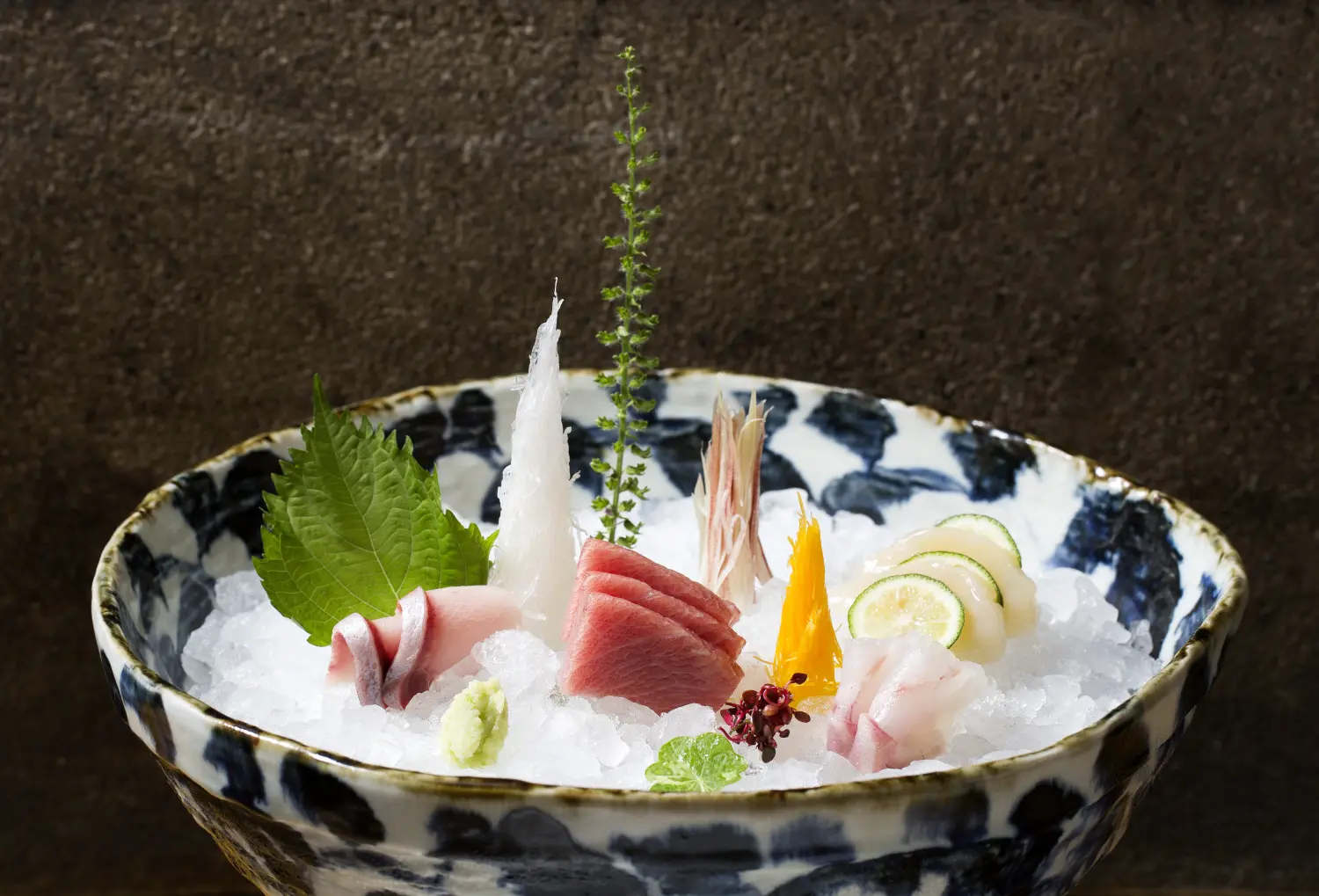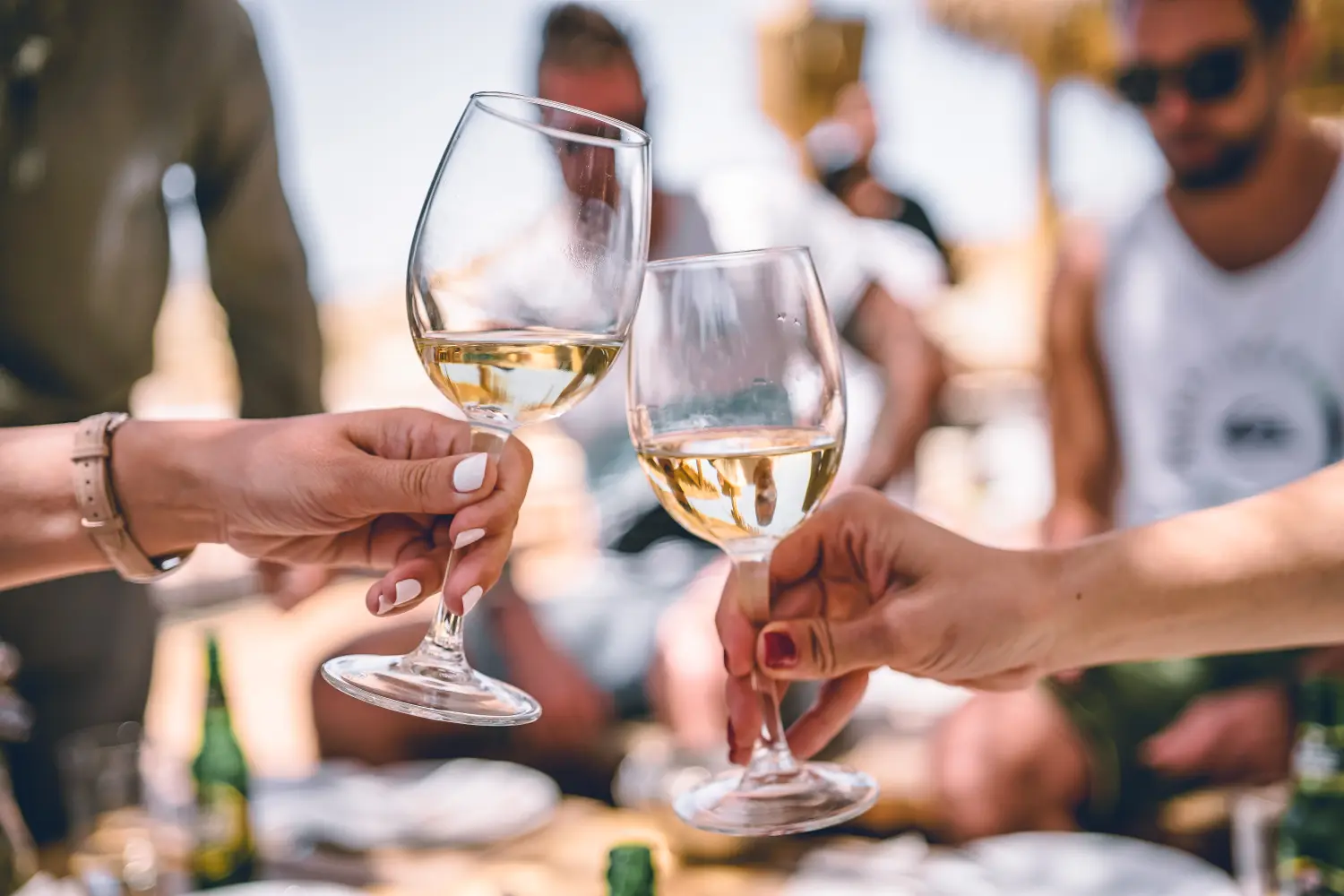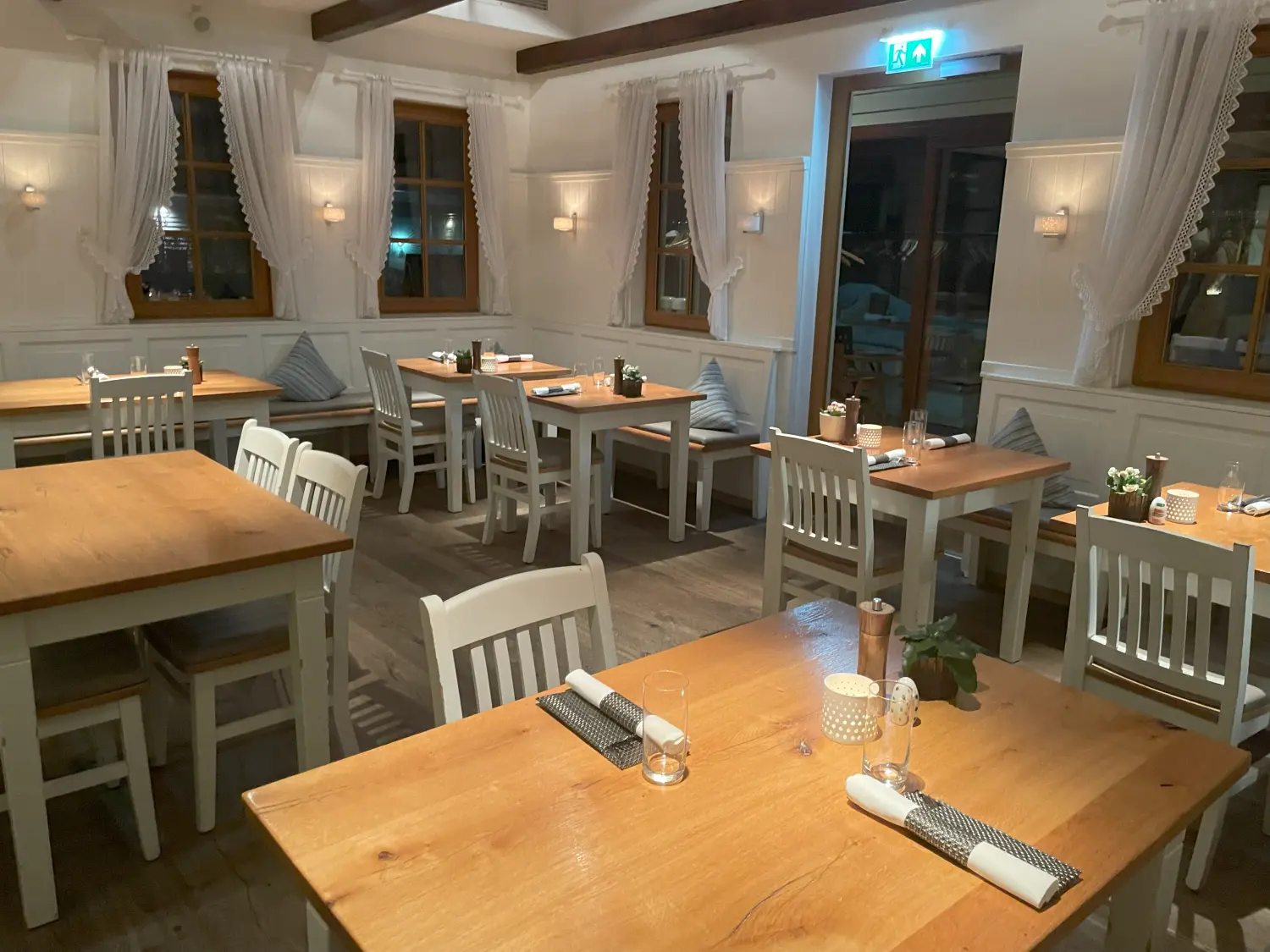Who among us doesn’t enjoy the occasional freshly mixed drink? Exactly! When the annual World Cocktail Day is celebrated again on 13 May, it’s time to flip through the history books a little. The history of the cocktail is already a long and varied one. But the road to an international holiday was a long one. But let’s take it one step at a time:
Historic Facts about Cocktails
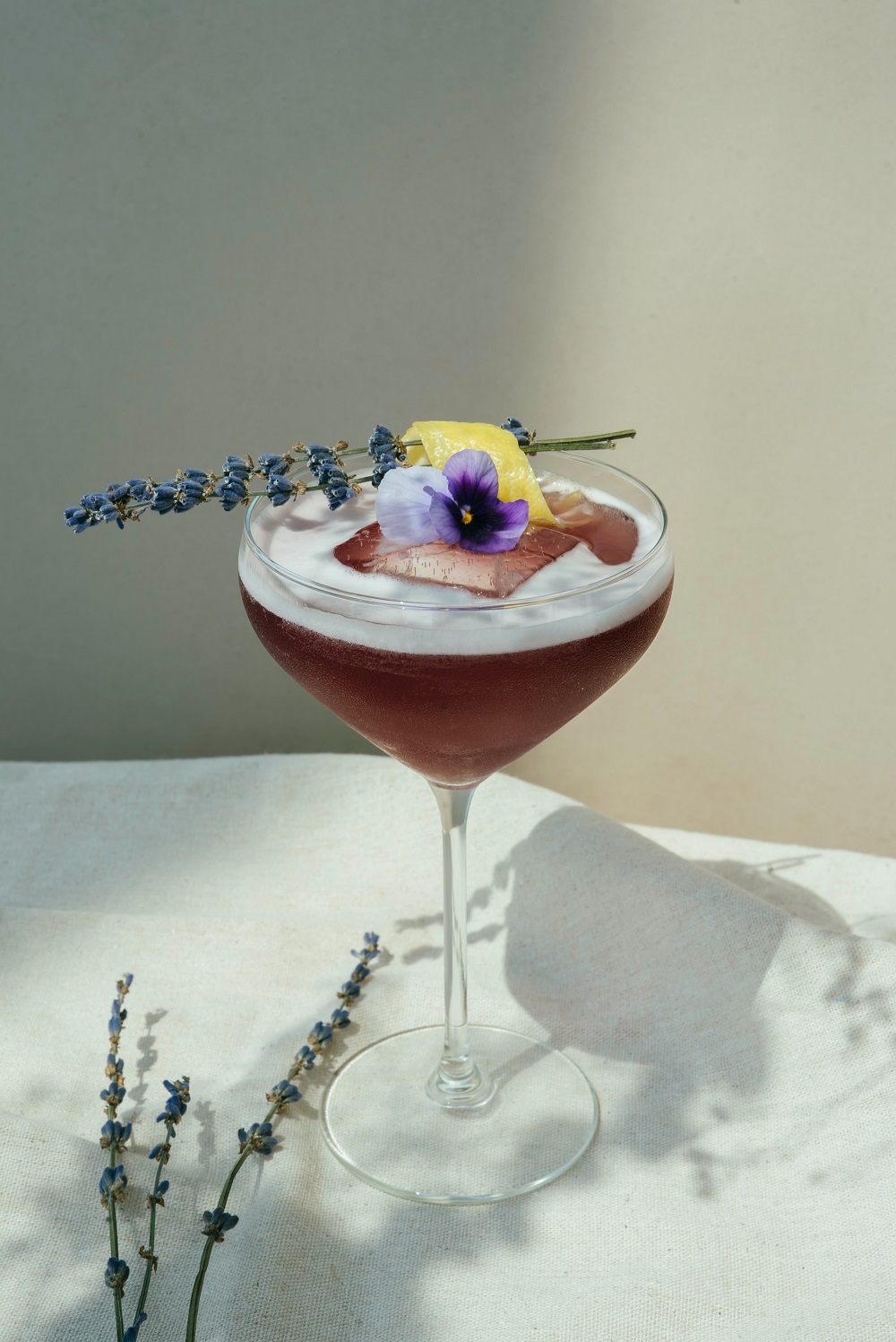
There are different theories on the exact etymology of the term cocktail. One of the most common is the literal translation as “tail of a cock”, which also corresponds to the original hyphenated spelling. The starting point was cockfighting, which was widespread in North America, especially among Mexican immigrants. According to tradition, the owners of the winning roosters had the right to tear out the tail feathers of the losing roosters. The victory drink was followed by a toast “on the cock’s tail”.
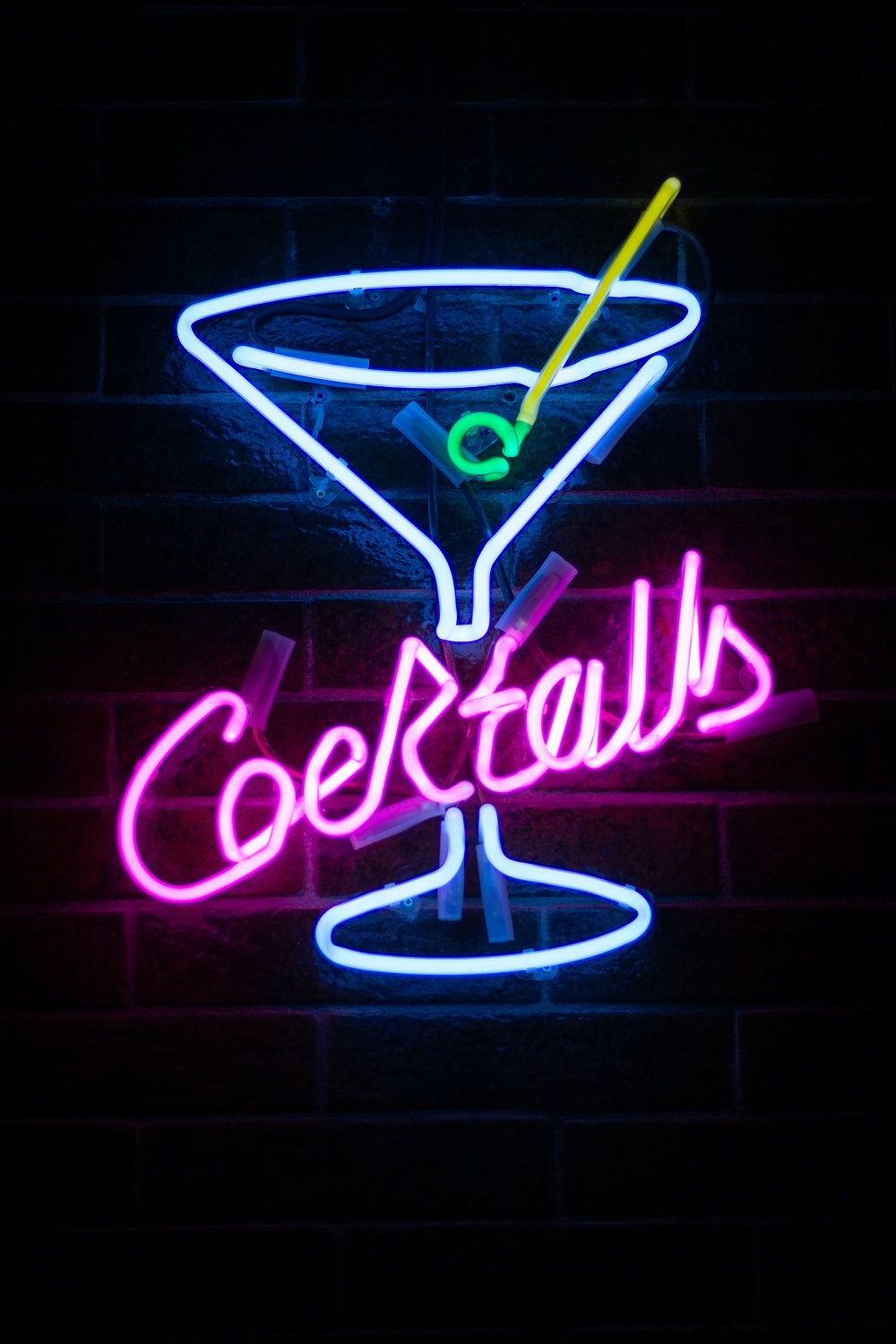
However, it is almost certain that the term for the mixed drink began its triumphal march from the then somewhat smaller United States of America. Around 1800, the term appeared more and more often, especially in the English-speaking world. The usual hard and high-proof drinks of the time were made more digestible by adding sugar or honey and herbs or fruits. At times, it was even quite common to start the day with one or two cocktails in order to get through the day in a reasonably buoyant mood.
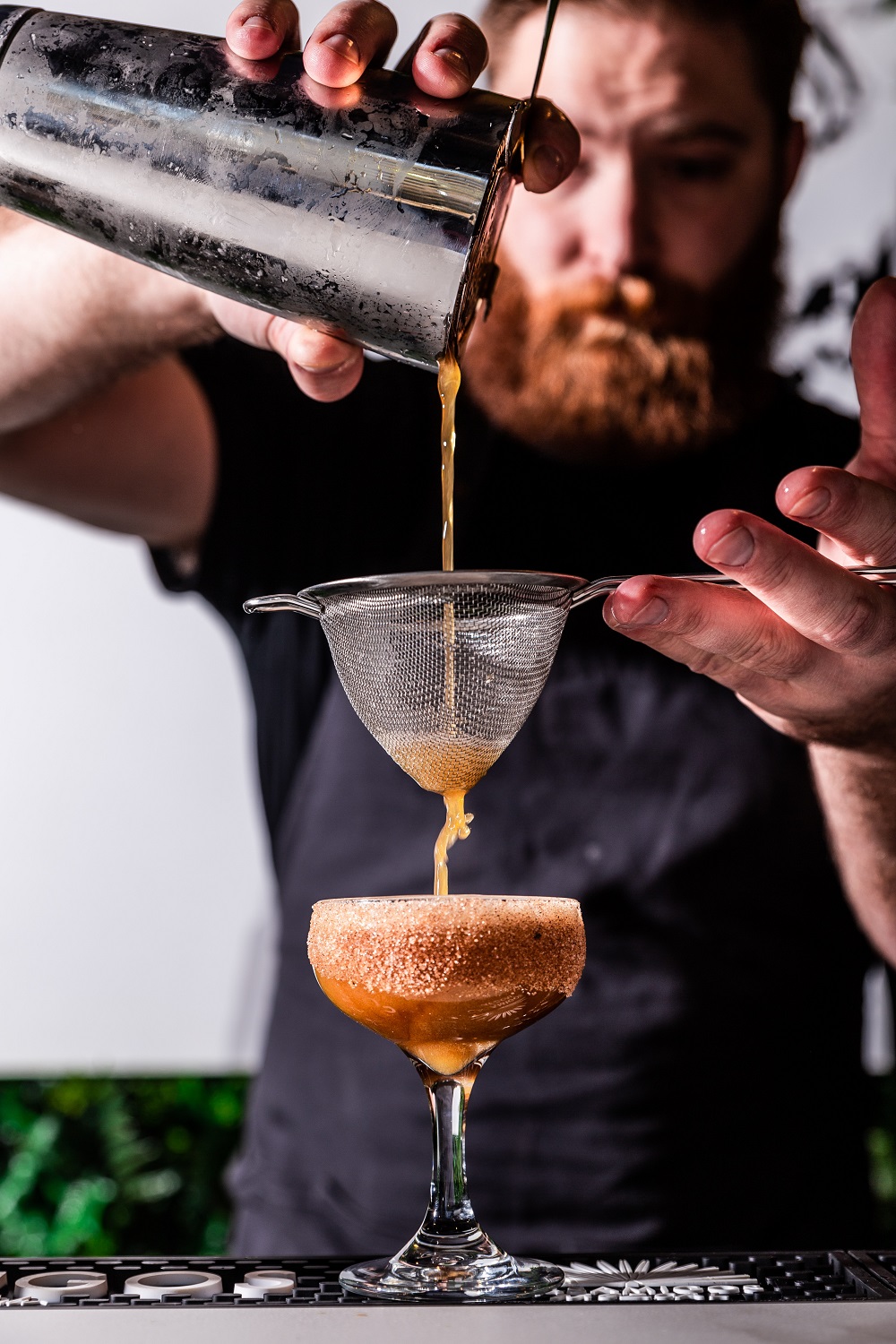
As Time went on …
Similar to the drink itself, the place of administration also changed. While the original aim was often to make the spirit more bearable, the North American standard improved in this respect in the course of the 19th century. Drinks became more refined and tasty. The namesake bar of the Western saloon was increasingly replaced by the American bar. By the end of the 19th century, the American Bar was already an integral part of society.
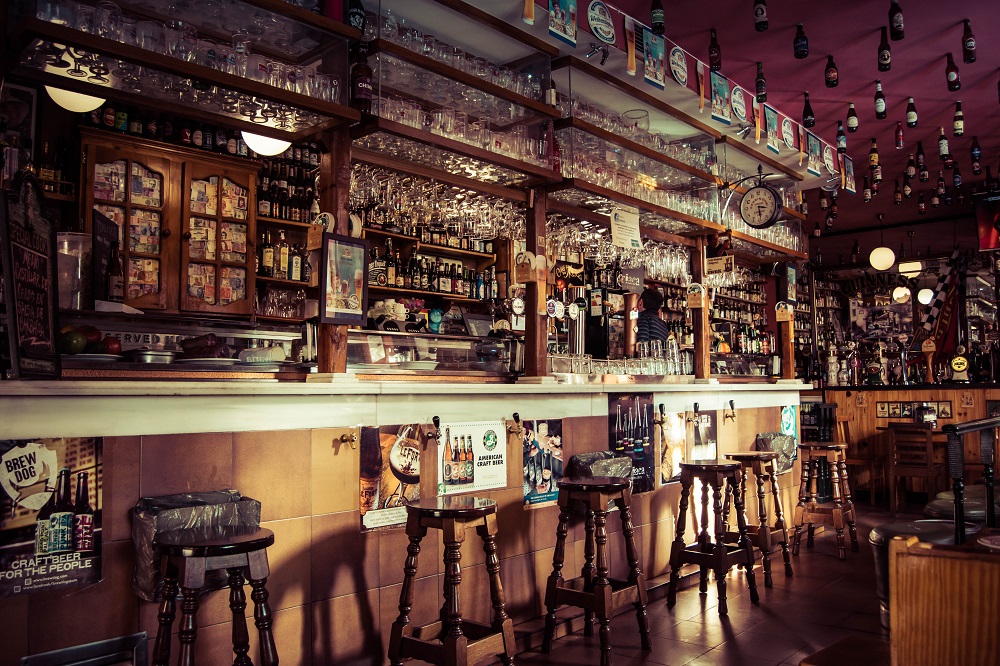
In continental Europe, the cocktail began to spread mainly through the bars of large hotels. Due to wars and the economic crisis, however, it was not until the 1950s that the mixed drink achieved a similar status here as on the other side of the Atlantic or in London and Paris.
What is a Cocktail?
Opinions also differ on what exactly constitutes a cocktail. For the purists among the bar aficionados, only those drinks that are based on the Old Fashioned in their basic structure are considered cocktails. In the broadest sense, non-alcoholic variants or simple mixed drinks are also occasionally covered by the meaning. A widespread definition, which we would also endorse, provides for a drink that has at least one other alcoholic ingredient in addition to the main spirit and other adjuncts. This achieves a clear demarcation from highballs or mocktails without drawing the line too narrowly.
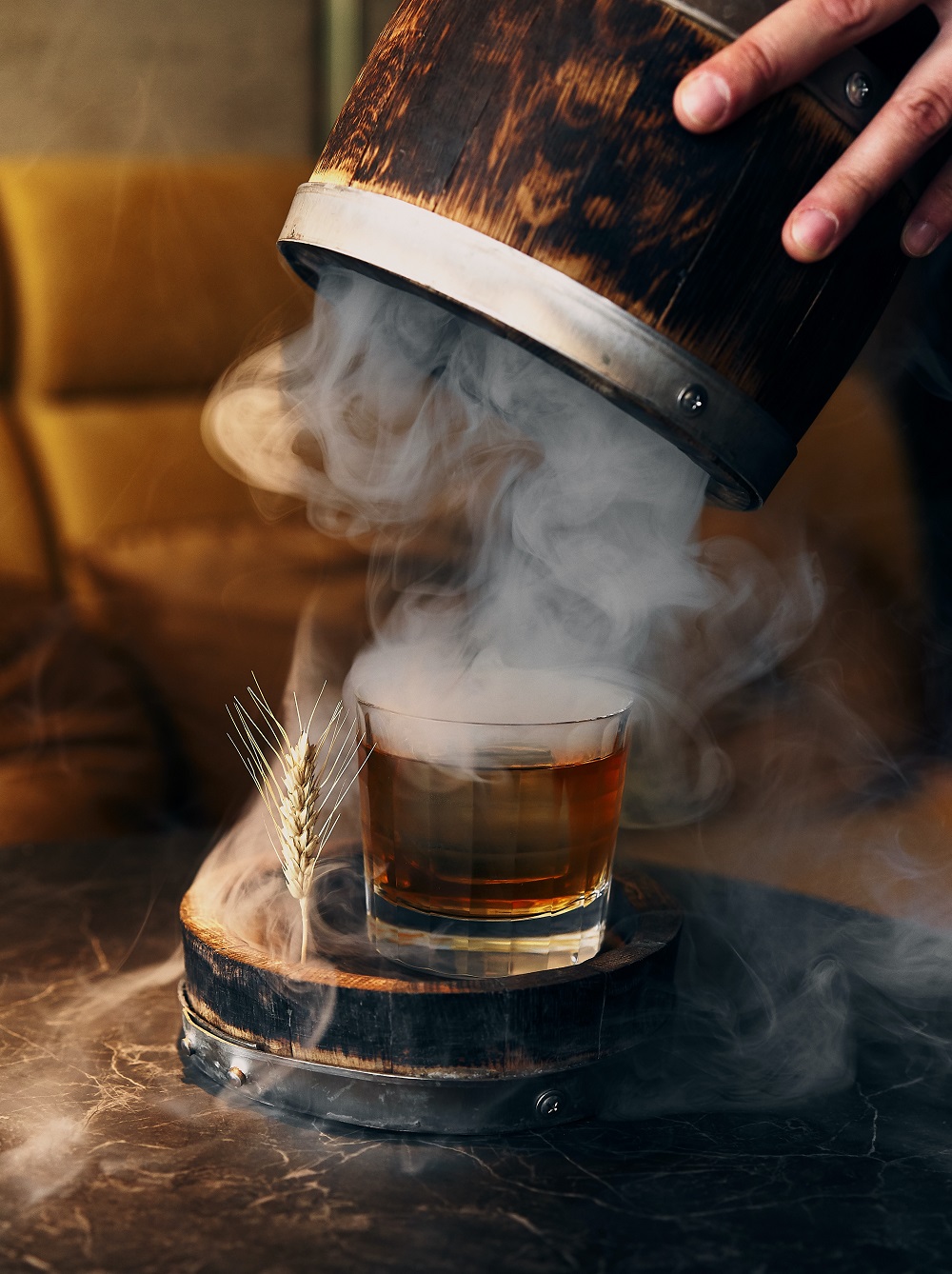
Which Cocktails should you enjoy on World Cocktail Day?
Today, cocktails are a fundamental part of bar culture. Their preparation is sometimes a true art. The various creations are correspondingly original. The ever-expanding range is almost unmanageable. So if you want to try something a little more unusual, you could try an El Salbeidor at the wonderful Thell Restaurant, for example, where you can not only eat excellently, but also drink.
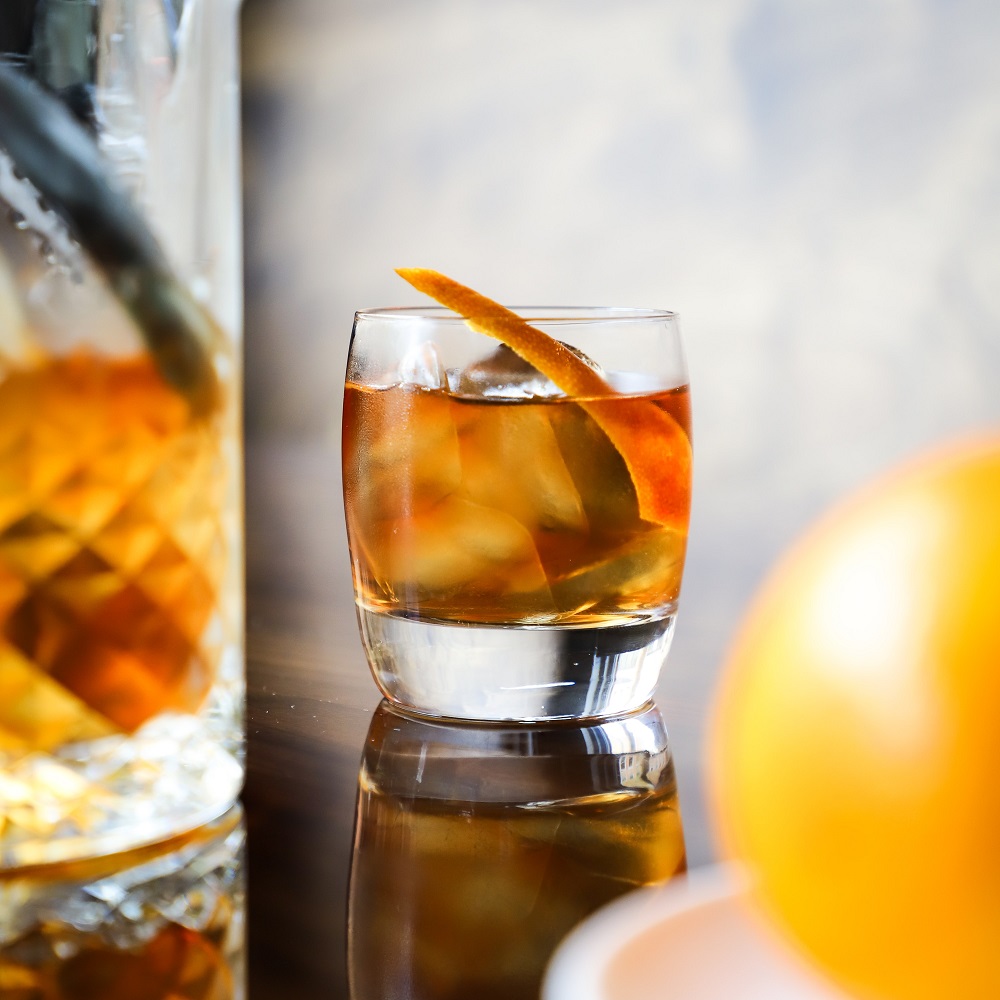
But if you prefer a classic approach, you have just as much choice. Be it the Old Fashioned, the quasi godfather of cocktails, or a Martini cocktail. The latter has become at least as much of a style icon. If you prefer something fruitier, a Singapore Sling or one of the countless Margarita variations are recommended.
What’s World Cocktail Day?
In 2007, the trade magazine Mixology reported the first Celebration of World Cocktail Day. A custom that would henceforth be celebrated all over the planet. Why? May 13th is the day when the term “cocktail” was first used. Namely back in 1806. As an umbrella term in the New York tabloid “The Balance and Columbian Repository”. With this in mind: Cheers!









